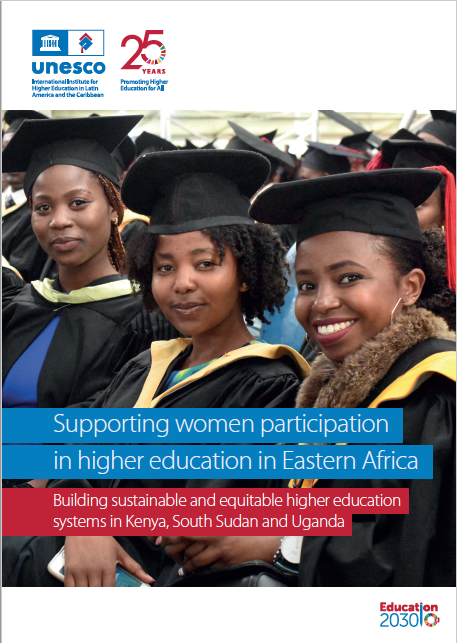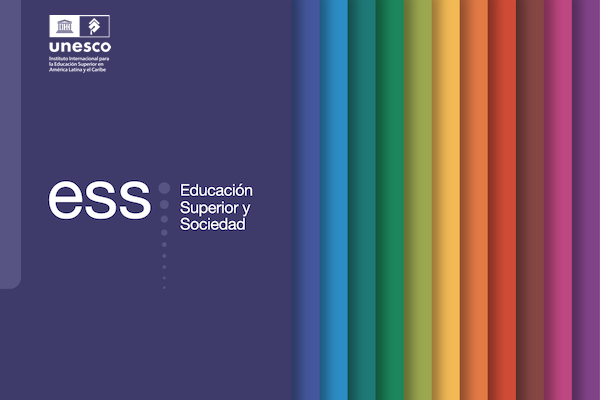Report explores women’s participation in higher education in Eastern Africa

Women’s representation in African higher education remains low. Given this scenario in the African context, UNESCO IESALC and the UNESCO Regional Office for Eastern Africa conducted a joint study to address this gap. The research assesses the women’s participation in higher education in Kenya, South Sudan, and Uganda, while also delving into appointment criteria, obstacles, and mechanisms to increase female representation in leadership roles.
Based on desk research and a survey completed by the institutions’ officials, the report provides an initial analysis of the current landscape in the three selected countries. For each country, it discusses the progress in women’s participation in higher education within the context of policy and legal frameworks, as well as the challenges to women’s full and sustainable participation in higher education.
Special attention is devoted to analysing the proportion of women in decision-making bodies and among academic staff, the factors considered in the appointment of women in leadership positions, and factors inhibiting the progression of females.
The findings indicate that the application of policy frameworks and legislation has enhanced the implementation of initiatives targeting the advancement of women’s education in Eastern Africa. However, achieving gender parity continues to pose a significant challenge within higher education, particularly concerning leadership roles. Notably, the proportion of women occupying top administrative and academic positions within the studied institutions remains limited. The primary criteria utilised in the selection of women for leadership positions encompass their qualifications based on experience, leadership potential, and formal preparation.
In light of the research findings, the report suggests some recommendations for policymakers, governments, and higher education institutions. These recommendations emphasize the need for further development of proactive policies, legislations, and programmes aimed at bridging the existing gender gap. Among other measures, the report advocates for the implementation of child and mother care programmes that effectively address institutional and socio-cultural barriers and highlights the significance of dedicated funding for promoting women’s education, including the exploration of solutions such as public-private partnerships.
RELATED ITEMS








